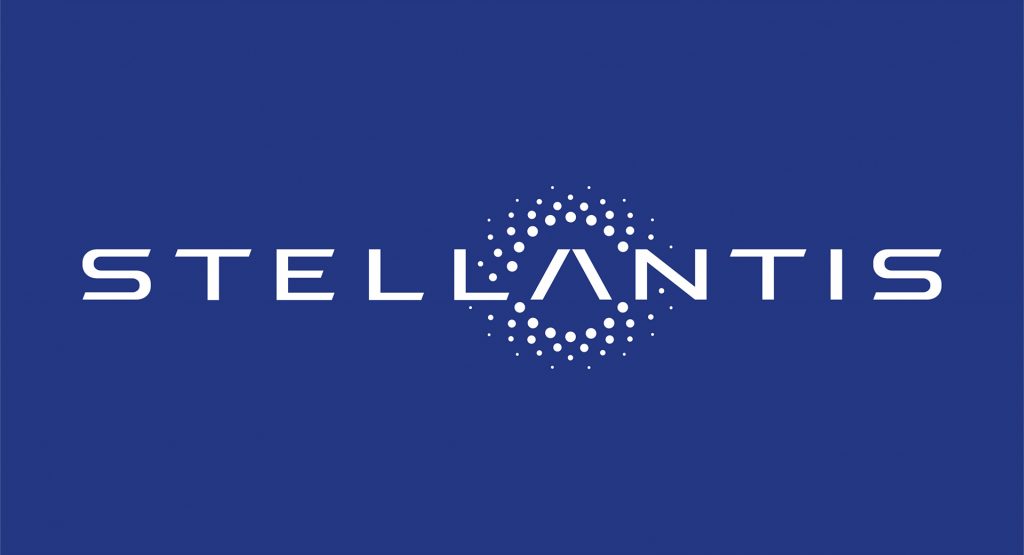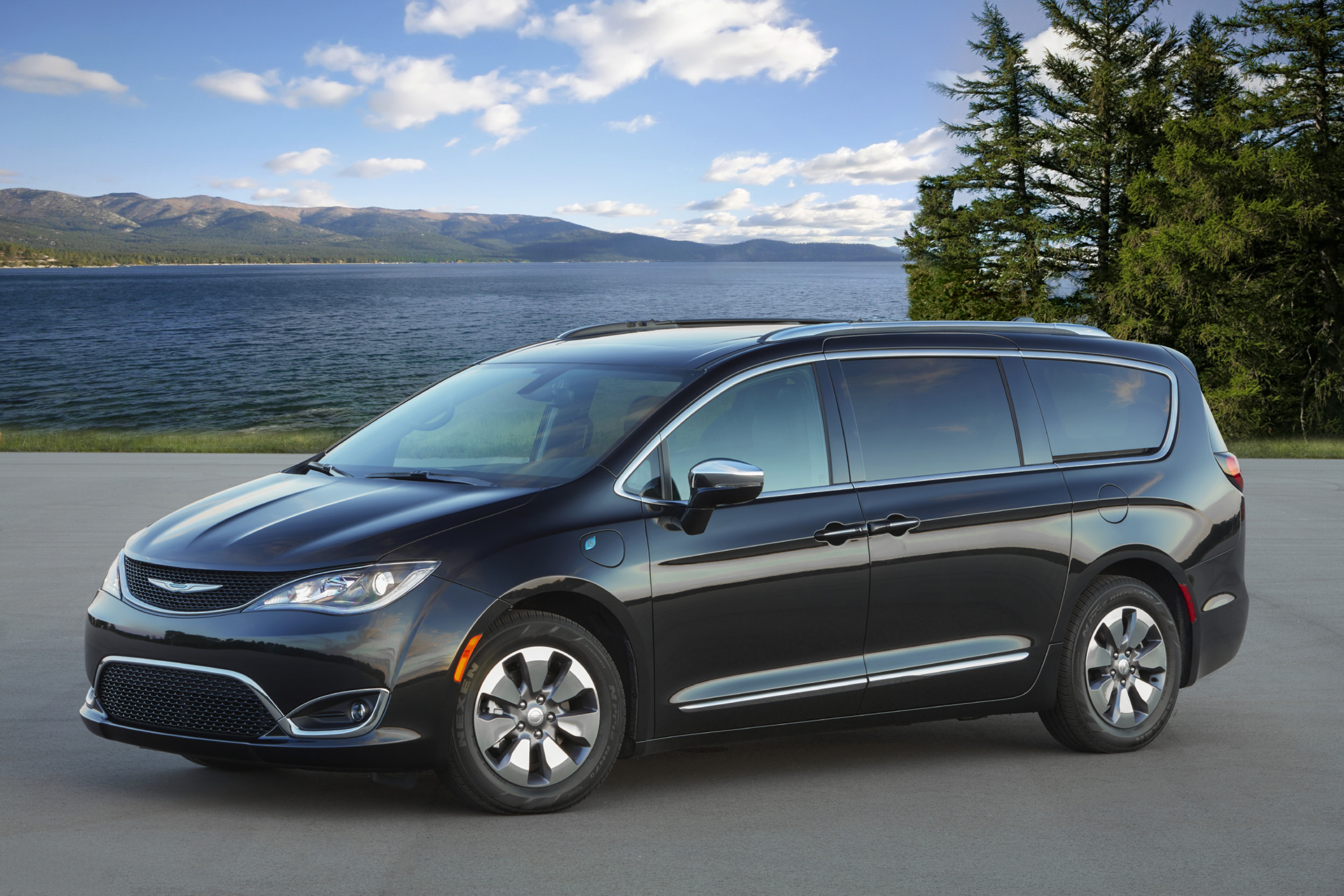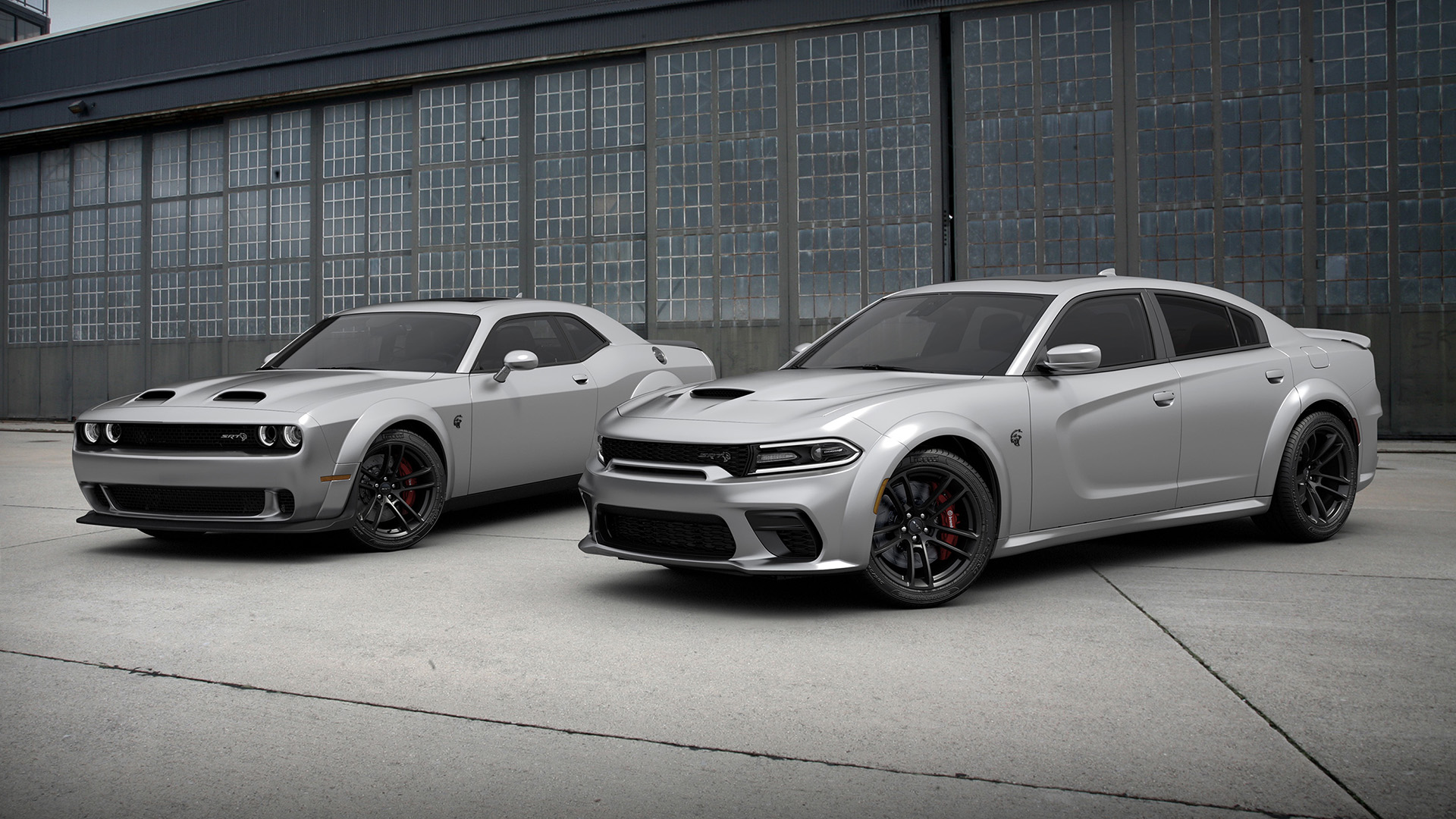As of this morning, January 16, the long-awaited Stellantis merger between Peugeot S.A. (PSA Group) and Fiat Chrysler Automobiles N.V. (FCA) is official, effective immediately.
Stellantis’ common shares will begin trading on the Paris and Milan stock exchanges starting next Monday, January 18, and on the New York exchange on Tuesday, January 19.
See: Italian Government Open To Owning Stake In Stellantis
Also on Tuesday, Carlos Tavares will hold the new group’s first press conference as Stellantis chief executive officer, laying out the vision for the newly-formed automaker. The challenges ahead are many, and they mainly deal with electrification, the COVID-19 pandemic, and attracting new buyers.
However, this merger probably won’t come without its repercussions. Stellantis will be starting out with seven FCA brands and another four PSA brands, and as such, they may be stretching themselves out a little thin. Almost every merger results in redundancy and can cause the demise of some products or even brands, and it could happen in this case as well.
Read: Chrysler CEO Manley To Run American Arm of Stellantis Following Merger With PSA
The ones that seem the most likely to go are allegedly Chrysler and Dodge. Both have suffered from sub-par sales, and are both paring back their lineups. Chrysler only has the Pacifica and Voyager minivans and the aging 300 sedan, and Dodge is left with just the Durango, Charger and Challenger, and throwing increasing amounts of horsepower at them in an attempt to downplay their age will only work for so much longer.
Others that could be on the chopping block are FCA’s Italian brands Fiat, Alfa Romeo and Maserati (probably in that order if it ever did happen), who have also fallen short of sales targets in North America. Fiat’s poor sales, for example, has resulted in the discontinuation of all models except for the 500X in the U.S., and even that could face extinction in the near future.
More: FCA Investing $250 Million In India To Manufacture Jeep Models
The ones that seem most likely to stay are Jeep and Ram. They’re FCA’s breadwinners, and it seems probable that they’re the reason the merger was considered in the first place. With this now-greater international presence, Jeep will only grow in magnitude, and while Ram is likely to remain mostly centered on the North American market, there is always the possibility of them expanding their scope elsewhere.
With the PSA Group comes Peugeot, Citroen, DS Automobiles and Opel, which was acquired from General Motors in 2017. Well before Stellantis as an idea was considered, there were some talks of possibly bringing a PSA Group brand to the U.S. by the middle of the decade, and that brand was later identified as Peugeot.
Also: This Is An Intriguing Electric City Car FCA And PSA Could Produce
Apparently, a management team was established in North America to implement a plan for the return of Peugeot, who left in 1991. With this new merger, Peugeot might reconsider plans to return to the States by 2026, according to CEO Jean-Philippe Imparato in an Automotive News Europe report.
What do you think? Would you like to see Peugeot return if it meant the end of Chrysler and/or Dodge? Let us know in the comments.







